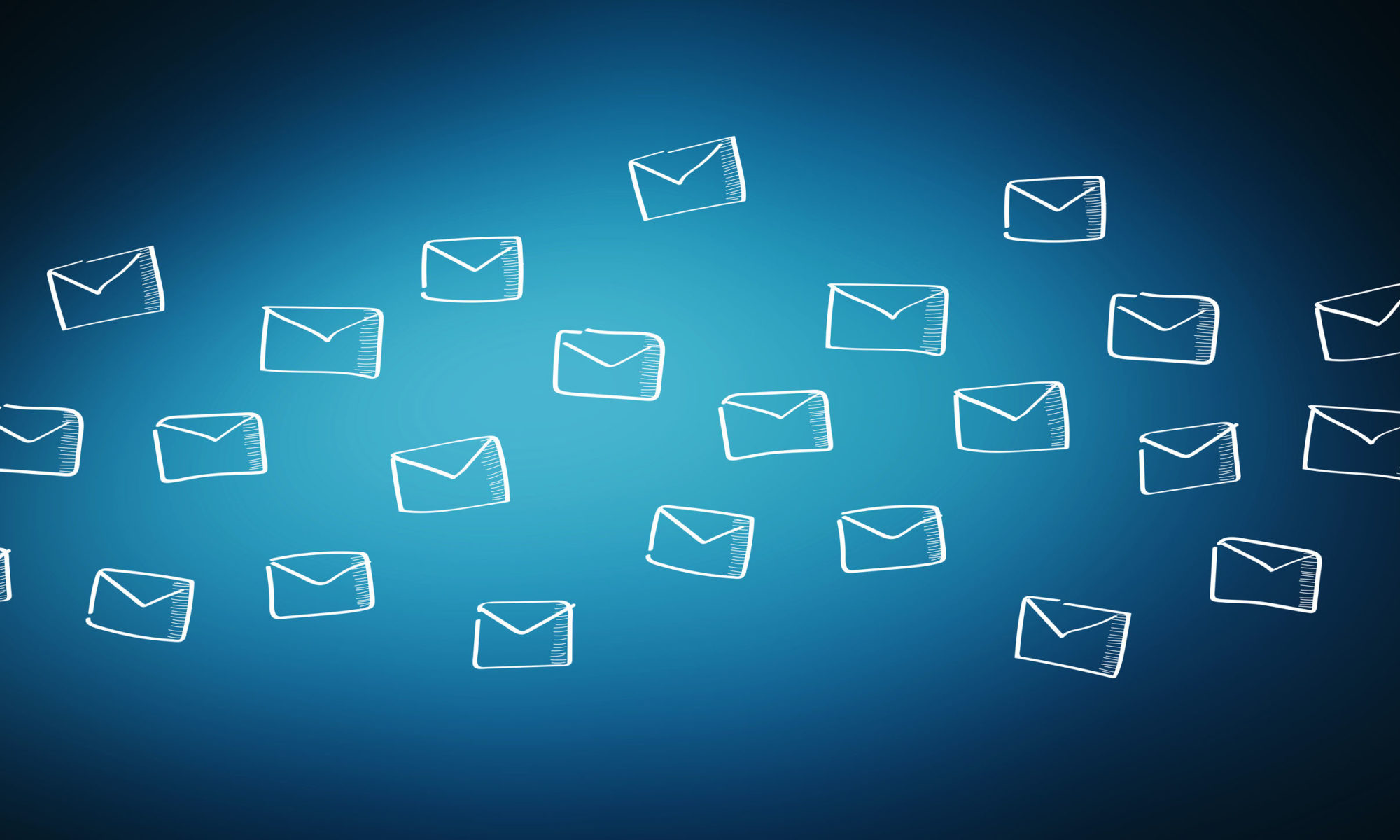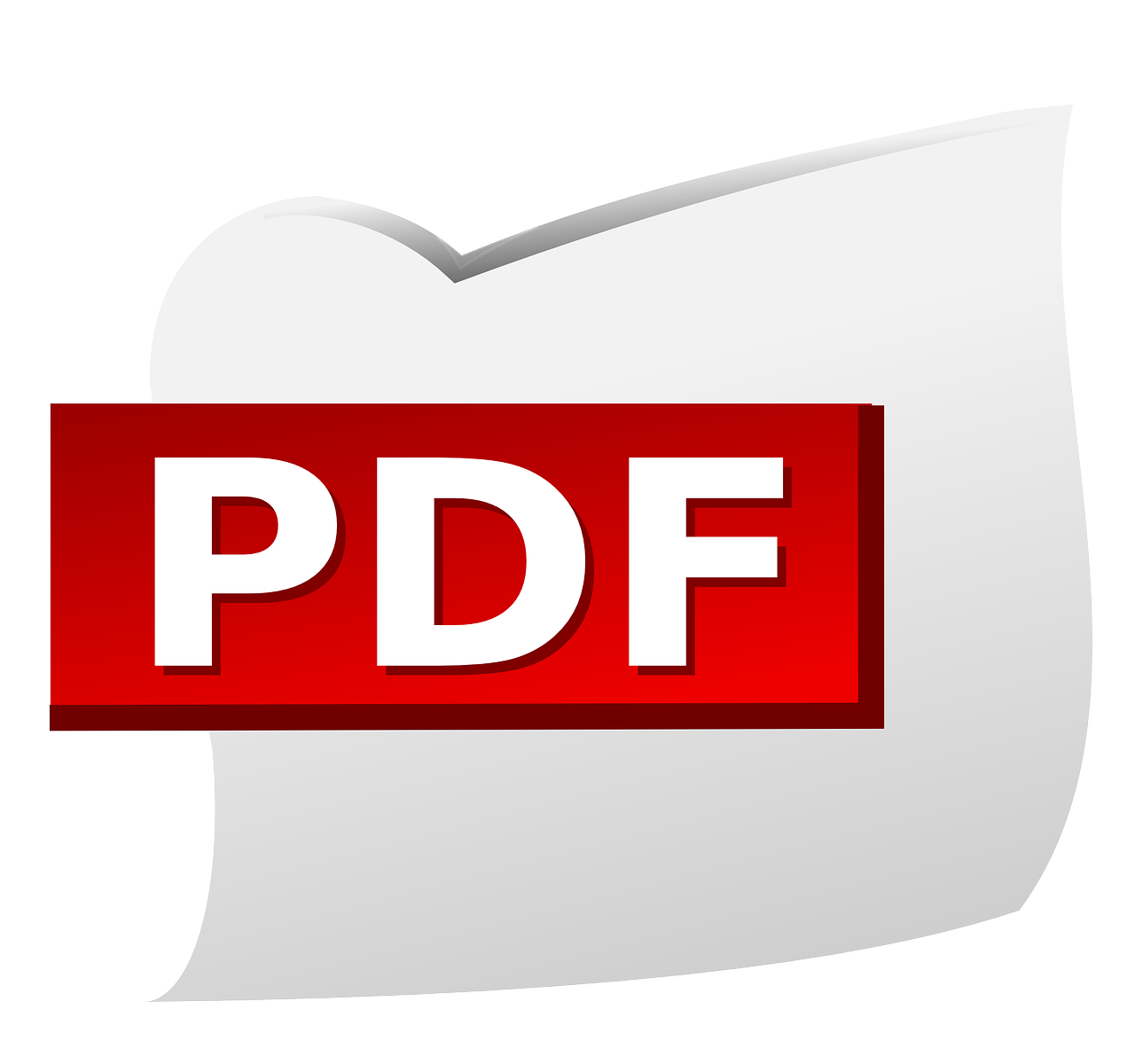Emails are a valuable record of information. They can contain important personal and business records, such as contracts, receipts, and correspondence. In some cases, emails may even be considered legal documents.
For this reason, it is important to preserve emails for the long term. This can be done by storing them in a safe and secure location, such as a cloud storage service or an email archiving system. Emails can also be backed up and stored on your computer or on an offline hard drive to ensure your control over your email history.
There are a number of reasons why it is important to preserve emails long term. These include:
- Compliance with regulations: Many businesses and organizations are required to keep certain types of emails for a certain period of time. This is to comply with regulations, such as those governing financial transactions or healthcare records.
- Legal discovery: In the event of a legal dispute, emails may be used as evidence. By preserving emails, you can ensure that you have access to the information you need if it is ever needed in court.
- Personal records: Emails can also be a valuable source of personal records. For example, you may want to keep emails related to your medical history, financial transactions, or travel plans. Reviewing your email history provides a way to document your activities and recall what was said.
The Benefits of Storing Emails as PDF Documents
One of the best ways to preserve emails for the long term is to store them as PDF documents. PDF files are self-contained and can be easily read on a variety of devices and platforms. They are also not easily corrupted, making them a good choice for long-term storage.
Here are some of the benefits of storing emails as PDF documents:
- Long-term preservation: PDF files are designed to be readable for many years to come. This is because they are not dependent on any specific software or hardware, and they are not easily corrupted.
- Portability: PDF files can be easily transferred to other devices and platforms. This makes them ideal for archiving emails that you need to access from multiple devices.
- Searchability: PDF files can be easily searched for specific keywords or phrases. This makes it easy to find the information you need in your email archives.
- Security: PDF files can be password-protected to prevent unauthorized access. This can help to protect your personal and confidential information.
- Formatting consistency: PDF files retain the original formatting of the email, including text, images, and links. This makes it easy to read and understand the email, even after many years.
If you want to preserve your emails for the long term, storing them as PDF documents is a good option. There are a number of tools available that can help you do this, such as:
- Your email client: Most email clients have a built-in feature that allows you to save emails as PDF files.
- PDF converters: There are a number of free and paid PDF converters available online. Encryptomatic LLC is a long time developer of Windows software that will let you view and search your email history, and then bulk export emails into PDF documents. You can learn more and download a free trial of their email-to-PDF conversion software on their website.
- Cloud storage services: Some cloud storage services may offer the ability to convert emails to PDF files.
- Email Viewers/Converters.
No matter which method you choose, storing your emails as PDF is a good way to ensure that they will be readable and accessible for many years to come.
Why is PDF the Best Format?
PDF is the best format for storing emails for the long term because it offers a number of advantages over other formats, such as:
- Portability: PDF files can be easily transferred to other devices and platforms. This makes them ideal for archiving emails that you need to access from multiple devices.
- Searchability: PDF files can be easily searched for specific keywords or phrases. This makes it easy to find the information you need in your email archives.
- Security: PDF files can be password-protected to prevent unauthorized access. This can help to protect your personal and confidential information.
- Formatting consistency: PDF files retain the original formatting of the email, including text, images, and links. This makes it easy to read and understand the email, even after many years.
- Long-term preservation: PDF files are designed to be readable for many years to come. This is because they are not dependent on any specific software or hardware, and they are not easily corrupted.
Conclusion
Storing emails as PDF documents is a good way to preserve them for the long term. PDF files offer a number of advantages over other formats, such as portability, searchability, security, and formatting consistency. If you want to ensure that your emails are readable and accessible for many years to come, storing them as PDF is a good option.






